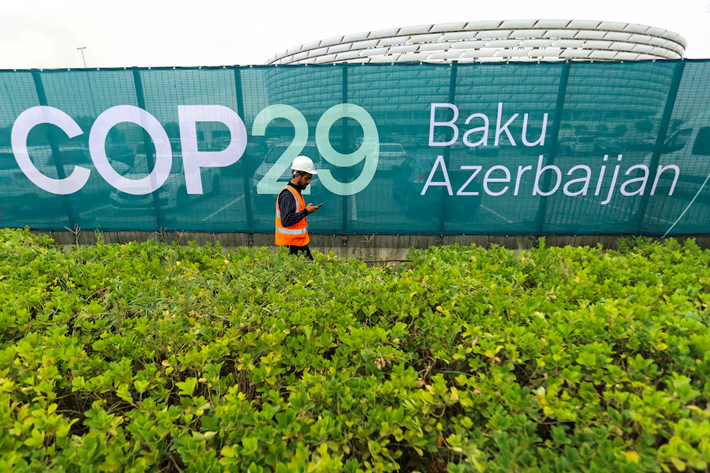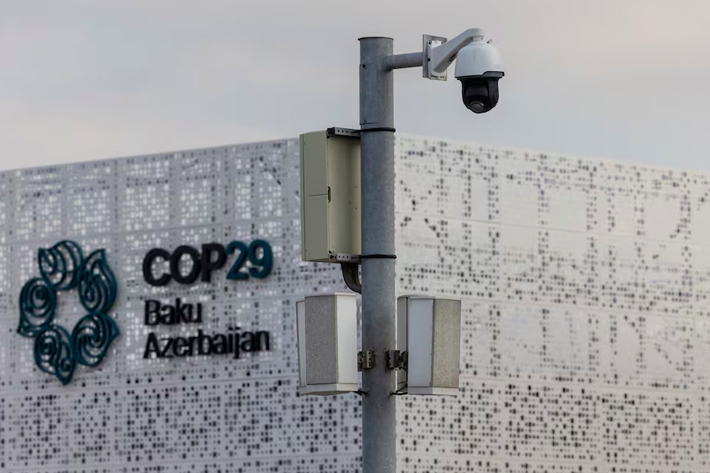MUMBAI – Unlike the trillion dollar measures rolled out by the United States and Japan, India is putting forward a comparatively miserly US$25 billion in government support for its coronavirus-hit economy. It’s not clear to most analysts, however, that will be enough to stave off an economic collapse.
Concerns of an economic calamity deepened over the weekend when Prime Minister Narendra Modi’s government extended its Covid-19 lockdown for another fortnight, pushing back reopening from May 4 to May 17. Indian businesses have already been shut for 41 days and will remain so for at least another dozen days.
India’s economy was slowing before the Covid-19 pandemic hit, with domestic demand and investment shrinking amid an uncertain business atmosphere triggered by an ill-planned demonetization of the currency in 2016 and a poorly implemented Goods and Services Tax (GST) the following year.
The economy could end the year with negligible to no gross domestic product (GDP) growth, analysts say.
The government’s fiscal maneuverability has tightened as revenue collection dries up with an economy seized up by Covid-19. Its fiscal deficit, or the shortfall of government income over spending, is already expected to widen well beyond the 3.5% target.
“The central government’s fiscal deficit will rise to about 5.1% of GDP in fiscal 2021, with considerable upside risk depending on the quantum of forthcoming fiscal support,” Sonal Varma, a research analyst with Nomura said in a report. “With states’ budgets combined, the consolidated fiscal deficit will expand to about 9.5% to 10% of GDP, close to record highs in the recent past.”

A health official takes a swab sample from a girl at a coronavirus testing centre during a nationwide lockdown in New Delhi on April 27, 2020. Photo: Prakash Singh / AFP
Fears of downgrade
The government is bound by concerns that a bloated fiscal deficit could motivate a credit risk ratings downgrade. It is also restrained by the Fiscal Responsibility and Budget Management (FRBM) Act, which reins in government spending. Analysts expect the government would need to breach FRBM limits to be able to spend on health and revival of the economy.
“A potential spike in its general government debt from about 70% of GDP to about 75% to 80% of GDP may possibly trigger a reassessment of ratings, particularly for Moody’s,” Nomura said.
The government is likely to aim its next fiscal stimulus initially to address cash-flow challenges faced by small and medium-sized enterprises (SMEs) and other hard-hit industries such as aviation, hotels, tourism, and others.
Most of the borrowing to revive the economy will thus come from local sources, despite the fact global markets are awash with funds at low interest rates.
Authorities are pulling the monetary levers they can. The Reserve Bank of India (RBI), the central bank, has cut its key repo rate by 75 basis points to 4.4%, with more cuts reportedly on the way.
It has also opened lines of credit to ensure sufficient liquidity at banks. Banks, saddled with high non-performing assets, remain cautious against making more bad loans.
Options limited
The options for printing more money, imposing new taxes, selling bonds to locals, and raising money from non-resident Indians (NRIs) are all also limited, economists say.
Remittances from overseas have averaged between US$65-75 billion in recent years, making 32 million Non-Resident Indians living in 210 countries across the globe an obvious choice to try to tap.
India sold deposit plans and bonds to Indians overseas in the early 1990s while faced with a crippling balance of payments crisis, and in 1998 to overcome sanctions imposed by the US and allies following India’s surprise nuclear tests that year.
But that may not work this time around, say analysts.

A sovereign bond issue may be a tough sale in the current environment. Photo: AFP
“Interest rates in India are not sufficiently high to be attractive for an overseas investor,” said K Harihar, treasurer and head of global markets at First Rand Bank in Mumbai. “The rupee has been depreciating, and the cost of buying forward cover makes it unattractive.”
Foreign portfolio investors have been net sellers of Indian bonds over six of the past seven months, and with further RBI rate cuts on the horizon, that trend is expected to hold if not accelerate.
Weak public finances
A planned sovereign bond sale last year was shelved soon after being mooted as bankers and other investors shied away due to the weak state of India’s public finances, struggling banks and potential risks of currency volatility.
The other option of imposing a new tax on the capital class would be a hard pill to administer at this delicate juncture, with job-creating businesses locked up and generating more costs than income.
Bankers say the best option is for the government to raise funds by selling bonds to local individuals and institutions. Low and negative returns on most mutual funds and equities has local investors seeking relative safe havens to put their savings. Banks with surplus cash would be a prime target for such an issue, as would be the RBI, analysts say.
India clearly needs more funds to deal with a health crisis that is fast becoming an economic one. As of May 4, India reported more than 46,000 cases and 1,566 deaths, with the number of daily reported cases rising rather than falling.

Some commuters wear masks while others don’t on a train in Mumbai. Photo: AFP
But leading businessmen and bankers have warned that if the lockdown is not lifted soon, hunger related deaths could quickly surpass virus related fatalities.
Millions of migrant workers, trapped for more than a month with no income, are now traveling home from big cities to their villages. They are being checked for the virus before being permitted to leave and then being quarantined at the village level to prevent further spread of the virus.
The concern is that after the lockdown is lifted, it will take considerable time for them all to return to staff the now shuttered factories, shops and small businesses that fuel India’s economy.
This report appeared first on Asia Times website
























